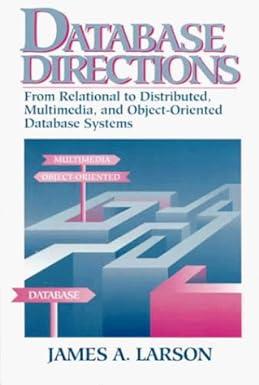Answered step by step
Verified Expert Solution
Question
1 Approved Answer
Algorithm must be in little-o(n^2) not in big-o(n^2). Cannot use a hash table as well. [4 marks] Efficient a-closeness detection. Given a non-negative integer number
Algorithm must be in little-o(n^2) not in big-o(n^2). Cannot use a hash table as well.

Step by Step Solution
There are 3 Steps involved in it
Step: 1

Get Instant Access to Expert-Tailored Solutions
See step-by-step solutions with expert insights and AI powered tools for academic success
Step: 2

Step: 3

Ace Your Homework with AI
Get the answers you need in no time with our AI-driven, step-by-step assistance
Get Started


